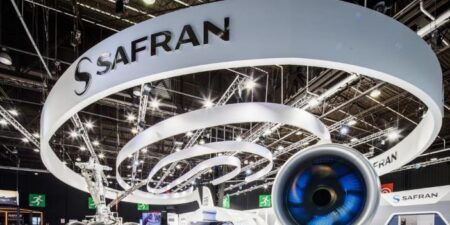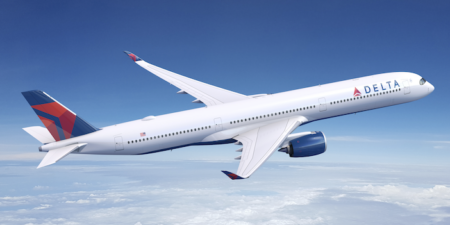It has been a busy week for Virgin Atlantic: as well as posting its second consecutive year of profit following three years of losses, the airline has also been involved in a deal that could have a major effect on its passenger experience offer. Parent company Virgin Group has signed an option for 10 supersonic aircraft from Boom, a Colorado-based startup developing a Mach 2.2 aircraft that could cover Virgin Atlantic’s popular London to New York route in 3.4 hours. Boom claims that airlines flying this route with the 40-seat, single-aisle Boom aircraft could turn a profit with a US$5,000 round-trip fare.
The airline and Virgin Group would also be working with the group’s commercial spaceflight arm, Virgin Galactic, which has offered help with the development of the Boom aircraft. According to Boom, the company is currently building a prototype, which will fly late in 2017, with first test flights to occur at Centennial Airport in Denver, followed by supersonic testing near Edwards Air Force Base in California. The Boom team is no group of fantasists: they have contributed to 30 new aircraft (ranging from the Boeing 787 to the F-35) and conducted test flights to Mach 3, and have taken passenger jet projects ‘from the drawing board through FAA certification’.
So what could the supersonic cabin experience look like? We investigated this topic in depth in our March issue and also looked at some of the difficulties that supersonic flight brings to cabin design. You can read all about it HERE.




